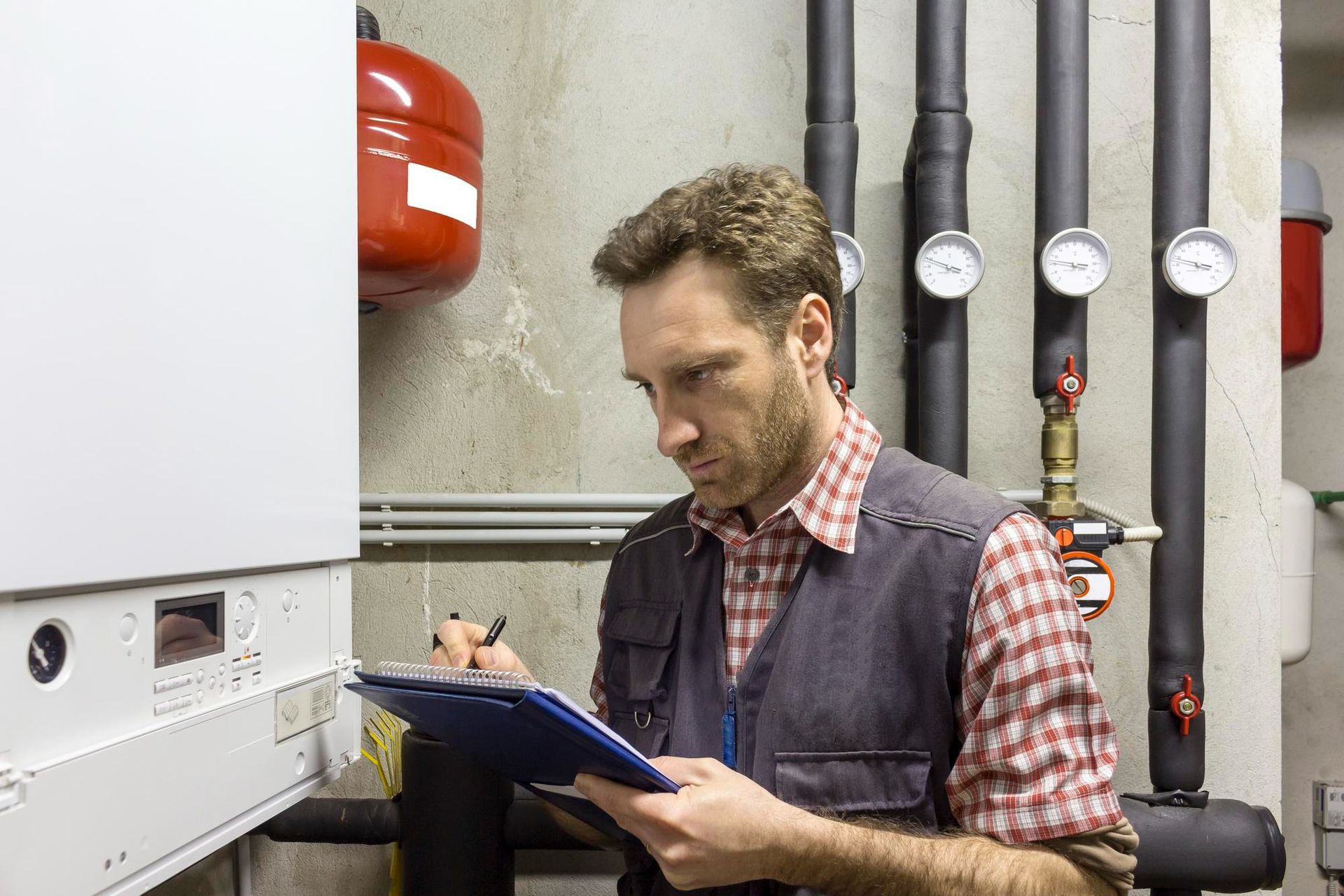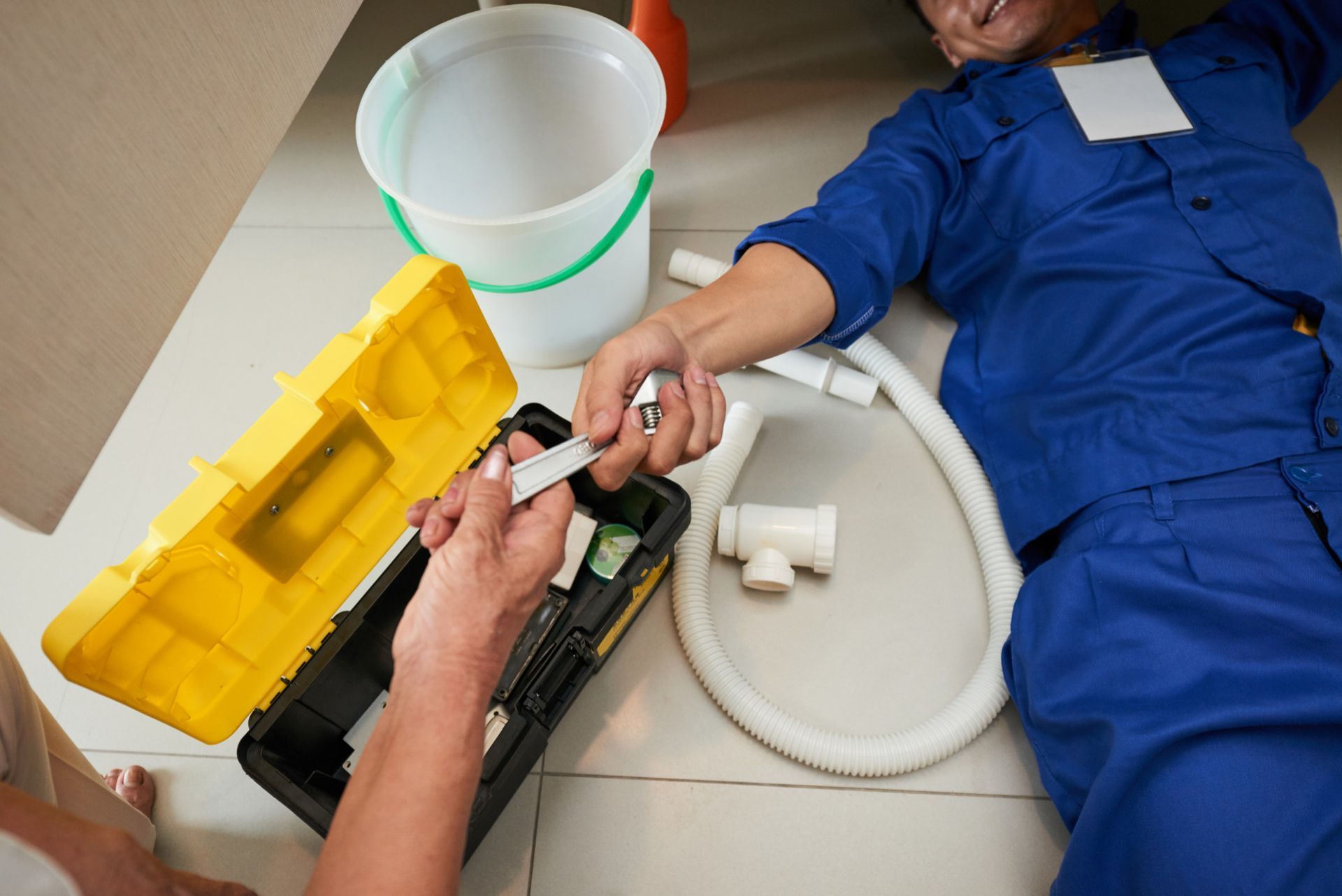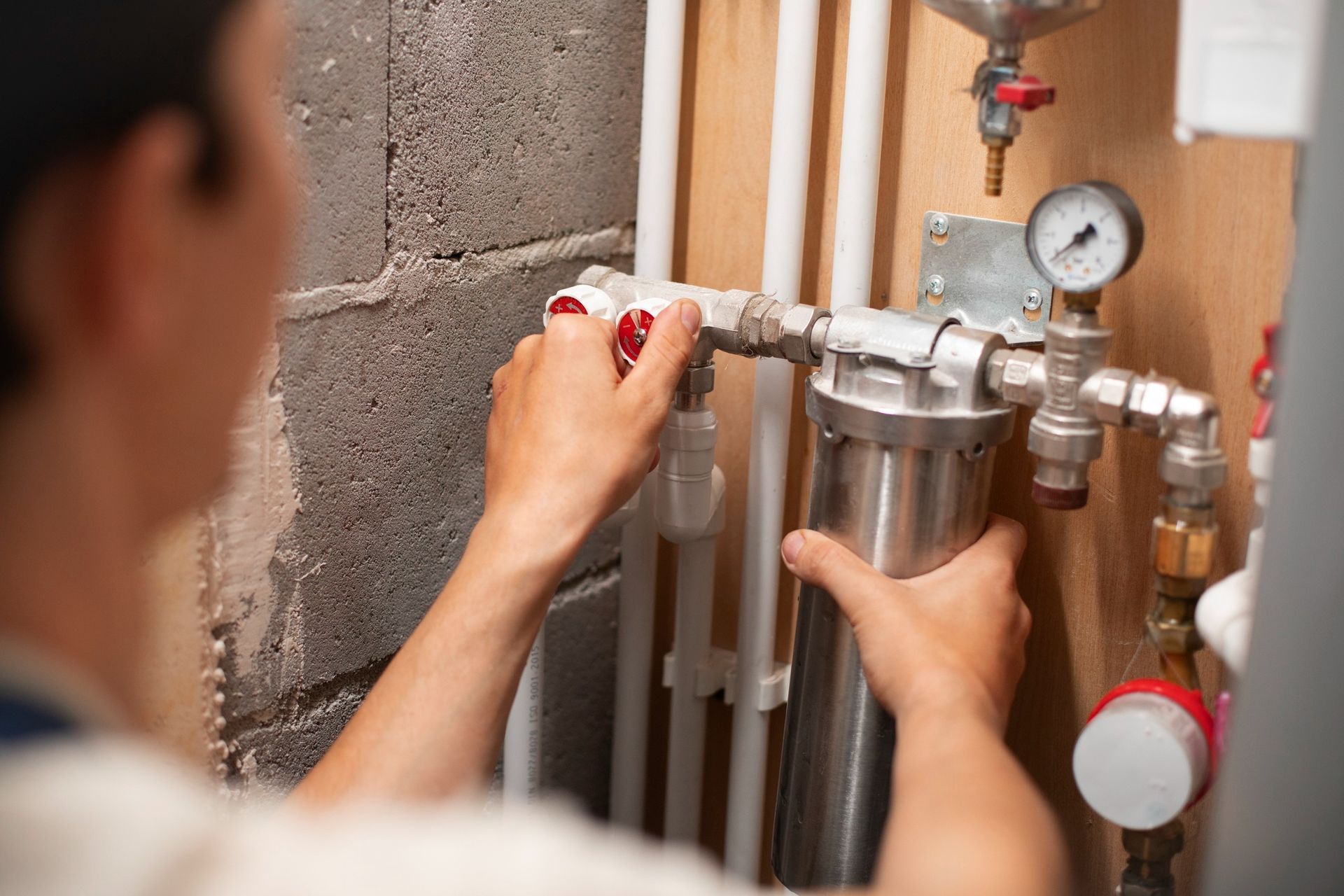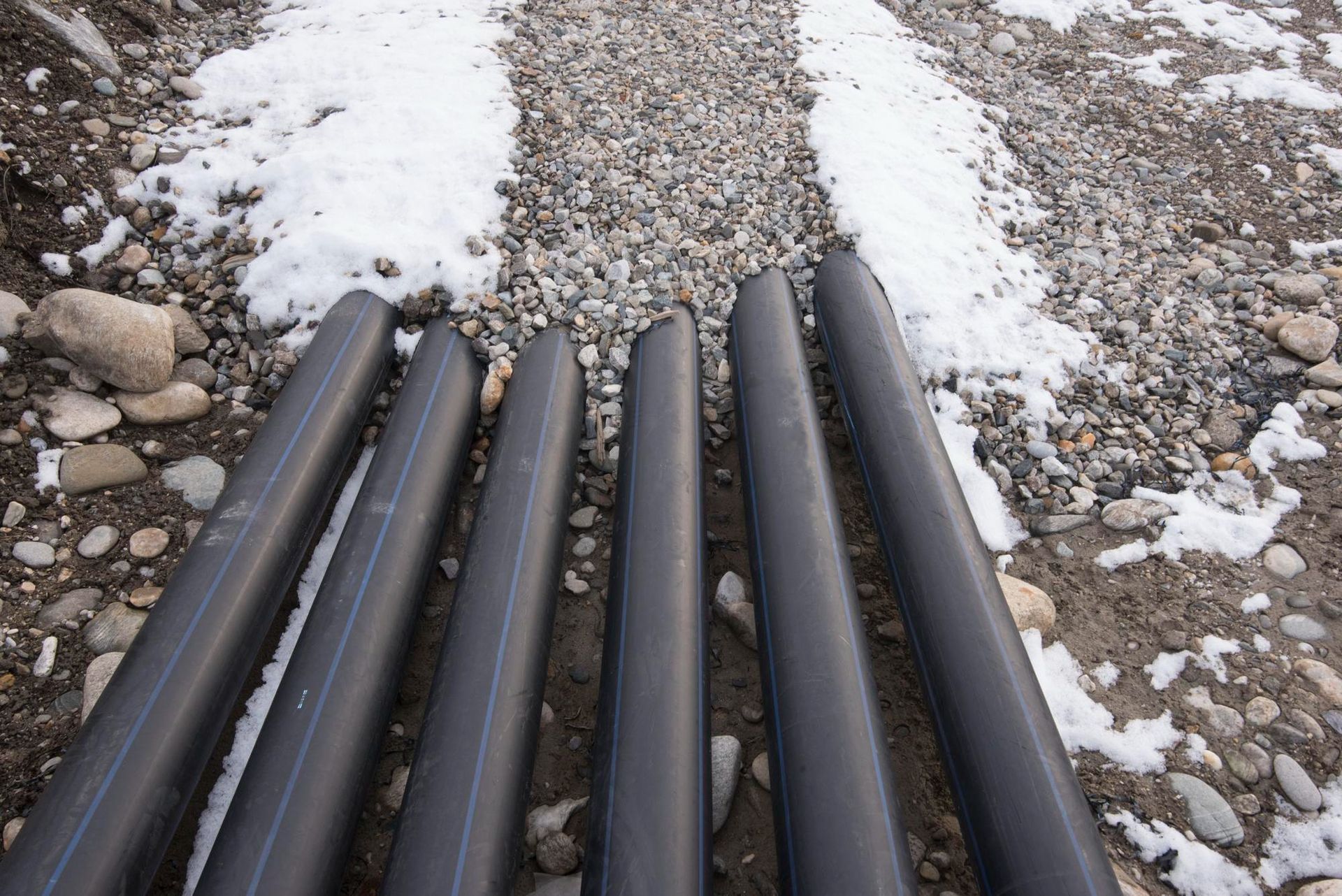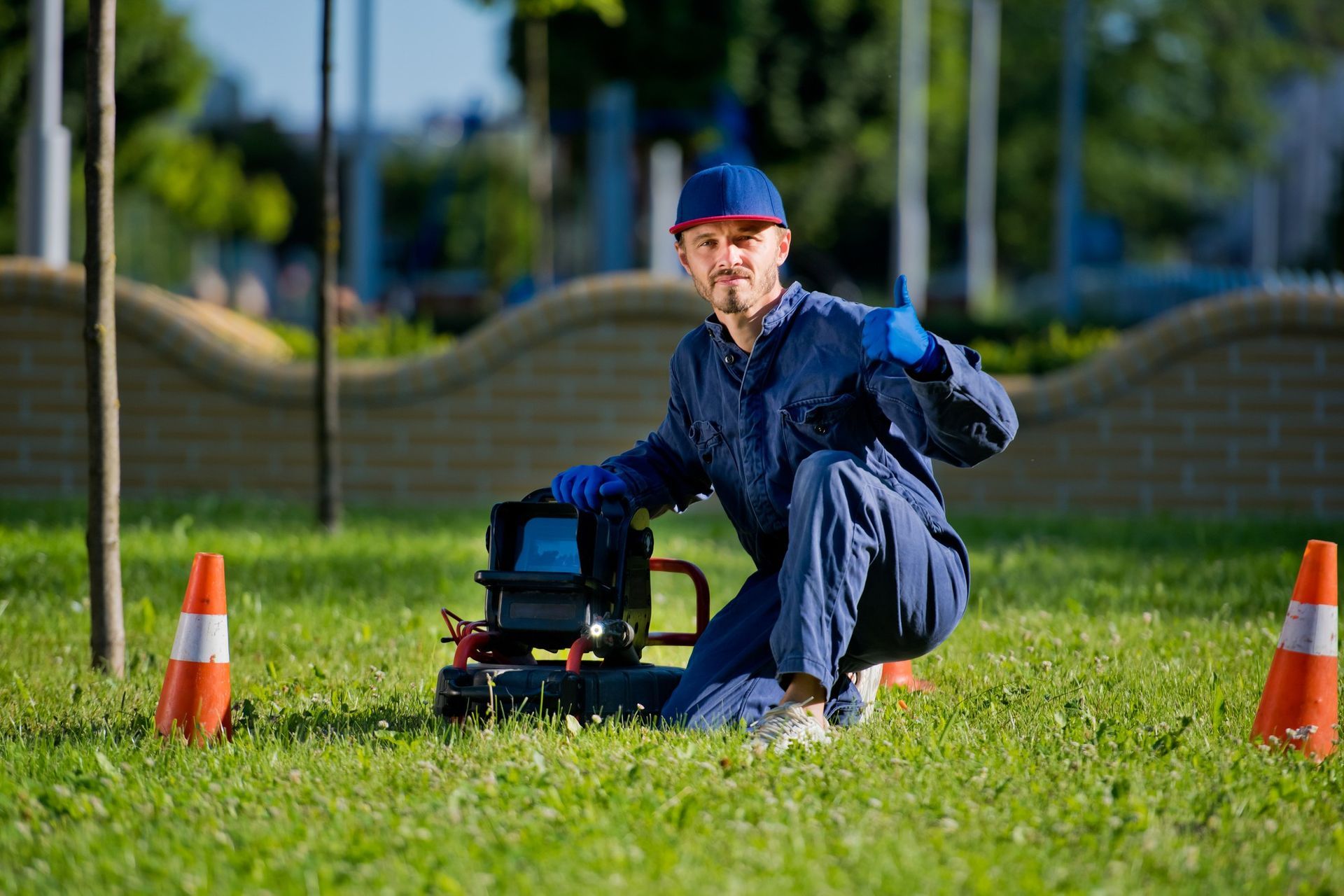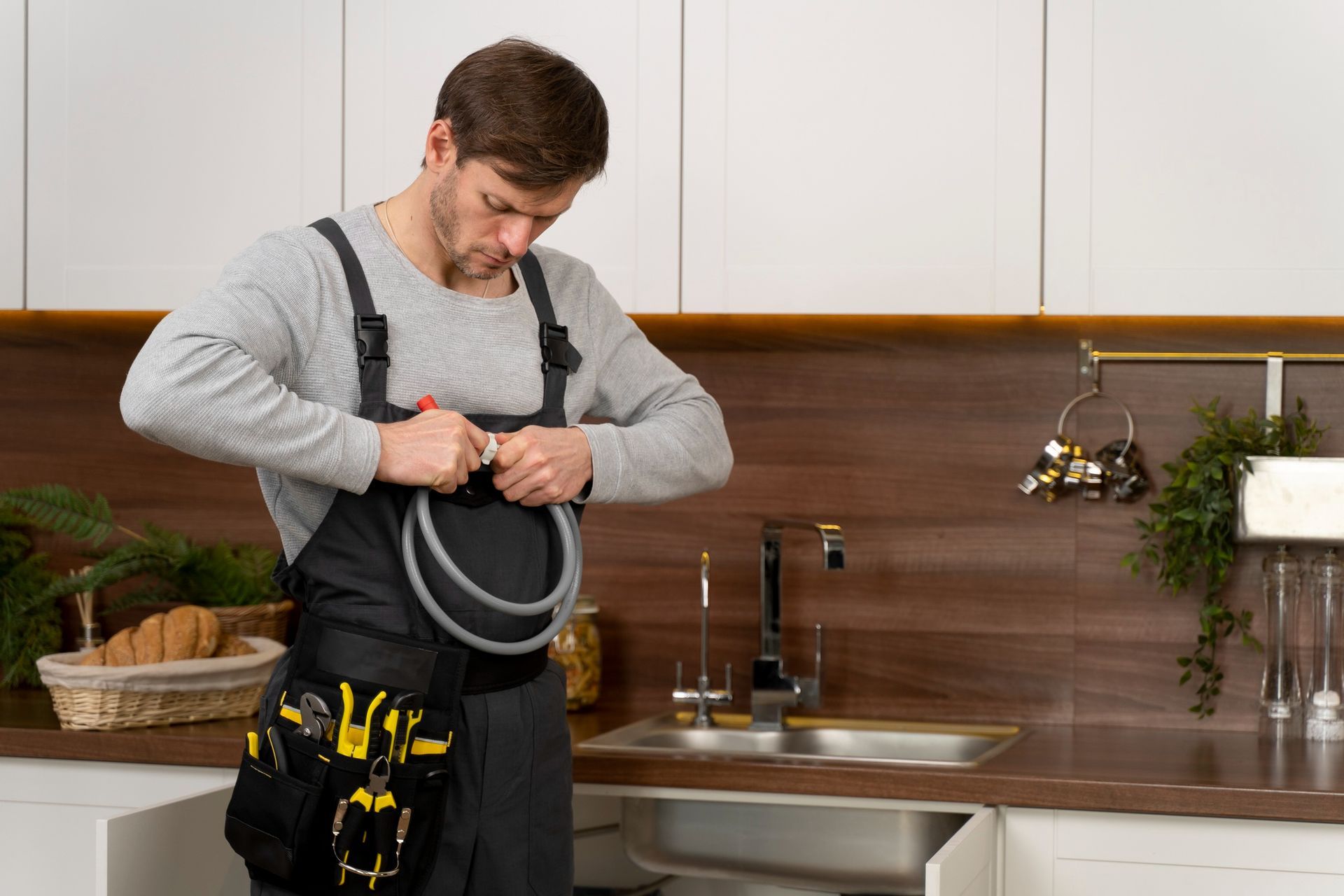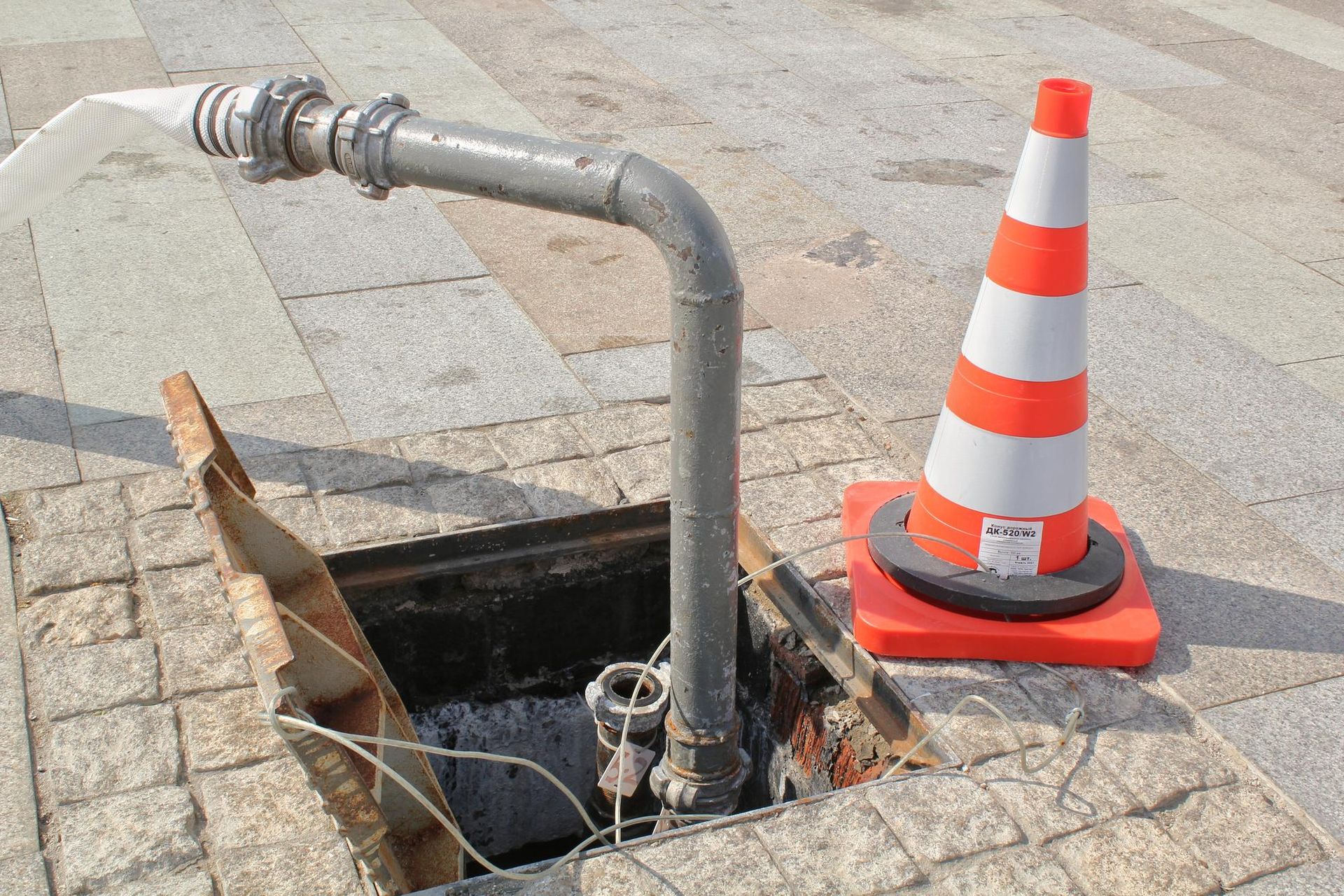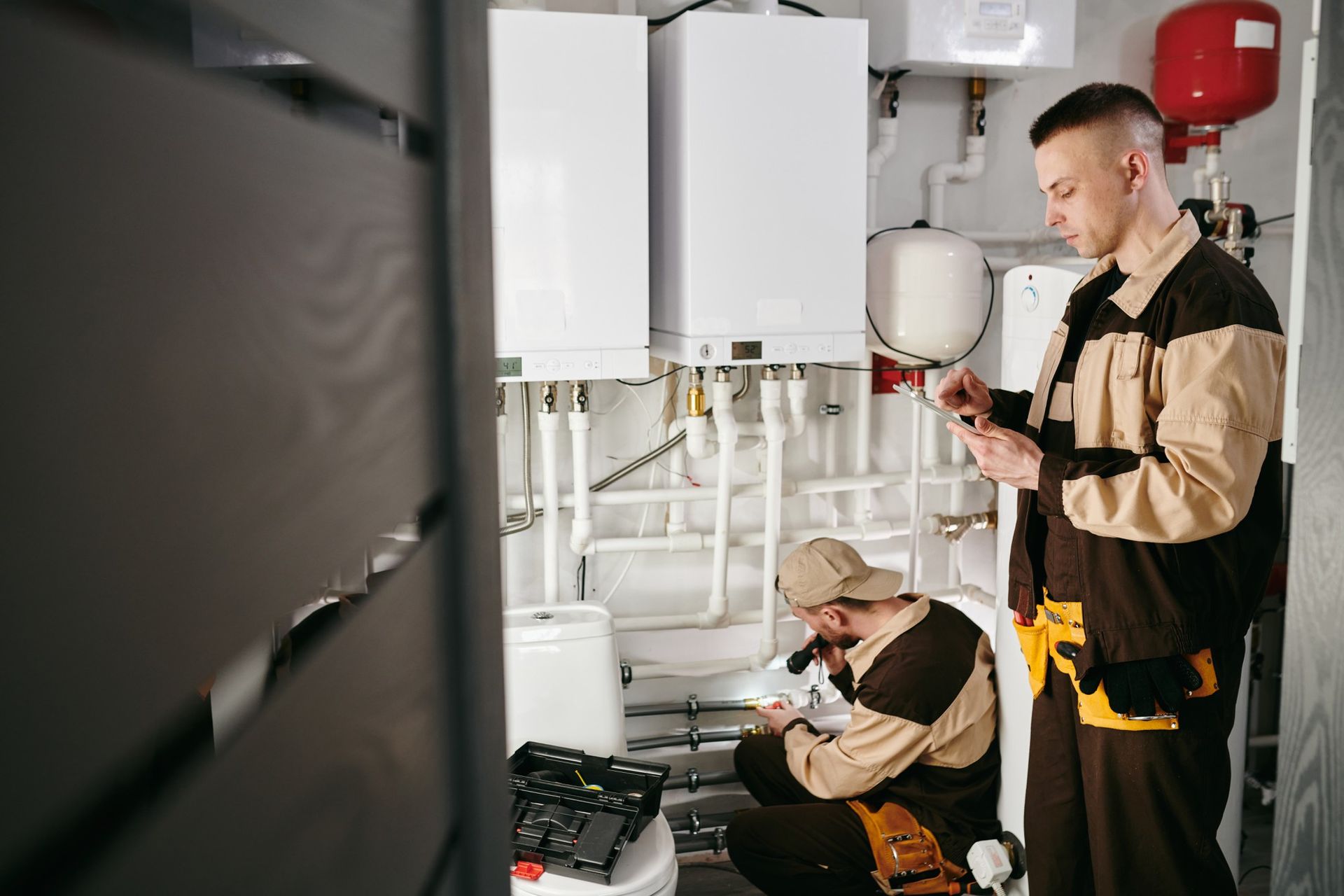Elijah@catoiletwhisperer.com
Call Us Now! (916) 796-9576
Don't Panic! Here's How to Unclog a Sewer Line Safely
When you're facing a clogged sewer line, it can be a real headache. But fear not! In this comprehensive guide, we'll walk you through the steps to tackle this problem safely and effectively. So, if you're wondering, "How to unclog a sewer line?" – you're in the right place. Sewer line clogs can cause messy and costly issues if not dealt with promptly, so let's dive in and learn how to handle them calmly and securely.
Understanding Sewer Line Clogs
Sewer line clogs are a common household issue that can wreak havoc if left unattended. To comprehend the problem fully, it's essential to grasp its underlying causes. One primary cause of sewer line clogs is invasive tree roots. Over time, tree roots can infiltrate and damage your sewer pipes, leading to blockages. Another common culprit is grease buildup. Pouring cooking oil and grease down the drain might seem harmless, but these substances can solidify inside your pipes, creating stubborn clogs. Additionally, foreign objects, like sanitary products or paper towels, can get trapped in the pipes, impeding the flow of wastewater. Understanding these causes will help you take preventive measures to avoid future clogs and handle them effectively when they occur.
Safety Precautions Before Starting
Ensuring your safety and that of your home should be your top priority when dealing with sewer line clogs. Before embarking on any unclogging mission, it's crucial to gather the necessary safety gear. Put on sturdy gloves and safety glasses to protect your hands and eyes from potential splashes or contaminants. Next, turn off the water supply to your house or the affected area. This step is vital to prevent any accidental flooding while you work on unclogging the sewer line. Adequate ventilation is also essential; opening windows or using fans can help dissipate any foul odors and ensure a breathable environment. Finally, don't underestimate the importance of proper lighting. A well-lit workspace will enable you to spot potential issues more easily and work safely.
Tools and Materials Needed
Now that you're ready to tackle the clog safely, let's ensure you have all the tools and materials necessary for the job. These essential items will help you navigate the process with confidence. Firstly, you'll need a plunger, a common household tool. A plunger creates suction and is effective for dislodging minor clogs. Additionally, you'll require a plumbing snake, sometimes called a drain auger. This flexible tool is crucial for tackling more stubborn clogs deep within the sewer line. A bucket is handy for collecting any wastewater or debris that may emerge during the unclogging process. Lastly, a wrench is necessary for removing any pipe fittings if required during the process. These tools, when used correctly, will empower you to effectively address the clog and restore proper wastewater flow in your sewer line.
Step-by-Step Guide to Unclogging a Sewer Line
Now that you're well-informed about sewer line clogs and have taken the necessary safety precautions, let's dive into the step-by-step process of unclogging a sewer line safely and effectively. Follow these instructions closely to tackle the issue with confidence.
1. Assess the clog's location and severity: Before you begin the actual unclogging process, it's crucial to determine the location and severity of the clog. Start by identifying which drains are affected. Are multiple fixtures, such as toilets, sinks, or showers, experiencing slow drainage or backups? This can help you pinpoint where the clog might be in your sewer line. The severity of the clog will also impact your approach. A minor blockage may respond to less aggressive methods, while a severe clog may require more extensive measures.
2. Use a plunger to attempt the initial unclogging: If you're dealing with a relatively minor clog, start with a plunger. It's a readily available tool in most households and can often do the trick. To use the plunger effectively, ensure a tight seal over the affected drain, whether it's a toilet or a sink. Push and pull the plunger forcefully to create suction. This suction motion can help dislodge the clog and restore proper water flow. Be persistent and patient, as it may take several plunging attempts to achieve the desired result.
3. Use a plumbing snake for more stubborn clogs: If the plunger doesn't successfully clear the clog, it's time to bring in a plumbing snake, also known as a drain auger. The plumbing snake is a flexible, long cable-like tool with a coil or blade at the end. Insert the snake carefully into the affected drain or cleanout access point. Rotate the snake clockwise as you feed it into the pipe, guiding it deeper into the sewer line. The snake's coil or blade will either break up the clog or capture it, allowing you to pull it out. Remember to be patient and gentle with the snake to avoid damaging your pipes.
4. Repeat the process if necessary: Stubborn clogs may require multiple attempts. If the first round of plunging or snaking doesn't fully resolve the issue, don't be discouraged. Repeat the steps as needed until the sewer line is clear and water flows freely. Be cautious not to overexert yourself, and take breaks if necessary, especially if you're dealing with a particularly tough clog.
By following these step-by-step instructions, you can tackle sewer line clogs effectively and restore the proper functioning of your plumbing system. Remember that patience and persistence are key when dealing with clogs, and always prioritize safety throughout the process. If, despite your efforts, the clog persists or worsens, it may be time to consult a professional plumber to assess and resolve the issue.
Troubleshooting and Common Issues
While unclogging a sewer line can be relatively straightforward, there are some common issues and challenges you may encounter. Here's how to handle them:
- Water Backup: If you notice water backing up into sinks or toilets, stop using water fixtures immediately. This indicates a significant blockage. You may need professional help to address it.
- Persistent Clog: If the clog remains stubborn after several attempts, it's a sign of a more severe problem. Contact a plumber to inspect and resolve the issue.
- Foul Odor: Sewer line clogs can sometimes lead to unpleasant odors. Properly ventilate the area and consider using odor-reducing products until the issue is resolved.
Maintenance and Preventative Measures
Now that you've successfully unclog your sewer line, it's essential to take preventive measures to avoid future clogs and maintain a healthy plumbing system. Here are some tips:
- Proper Disposal of Cooking Grease: Avoid pouring cooking oil and grease down the drain, as they can solidify and cause clogs. Dispose of them in a sealed container instead.
- Regular Inspections and Maintenance: Periodically inspect your sewer lines for signs of wear, such as cracks or leaks. Address any issues promptly to prevent major problems.
- Tree Root Prevention: If tree roots are a recurring issue, consider root barriers or regular root pruning to keep them away from your sewer lines.
Conclusion
Knowing how to unclog a sewer line safely is a valuable skill for any homeowner. By understanding the causes of clogs, taking safety precautions, using the right tools, and following our step-by-step guide, you can effectively handle this common household issue. Remember that patience and persistence are key to successfully unclogging your sewer line.
Taking preventative measures and practicing good maintenance habits can help you avoid future clogs and maintain a smoothly flowing plumbing system. And if you ever find yourself facing a sewer line challenge that's beyond your DIY expertise, don't hesitate to reach out to professionals like
The Toilet Whisperer in Davis, CA, at (916) 796-9576. They are experts in resolving plumbing issues and ensuring the well-being of your home's plumbing system. With their assistance and the knowledge gained from this guide, you'll be well-prepared to take action and keep your plumbing in excellent condition. So, the next time you ask, "How to unclog a sewer line?" remember that you have the tools, resources, and experts at your disposal to tackle the problem effectively.
FAQ’s
-
How do I know if my sewer line is clogged?
Signs of a clogged sewer line include slow drainage in multiple fixtures, gurgling sounds in toilets or drains, sewage backups, and foul odors. If you're experiencing these issues, it's likely that your sewer line may be clogged.
-
Can I use chemical drain cleaners to unclog a sewer line?
It's generally not recommended to use chemical drain cleaners for sewer line clogs. These chemicals can be harsh and may not effectively clear a sewer line blockage. Moreover, they can potentially damage your pipes and harm the environment. It's safer to use mechanical methods like plunging or snaking.
-
How often should I perform maintenance on my sewer line to prevent clogs?
Regular maintenance is essential to prevent sewer line clogs. Consider scheduling a professional inspection every 1-2 years, especially if you have older pipes or a history of clogs. Additionally, practice preventative measures like avoiding grease disposal down drains and monitoring for tree root intrusion.
-
What should I do if my efforts to unclog the sewer line aren't successful?
If your DIY efforts don't resolve the issue or if the clog worsens, it's time to call a licensed plumber. They have specialized equipment and expertise to assess and address more complex sewer line problems safely and effectively.
-
Can I prevent tree roots from invading my sewer line?
While you can't completely prevent tree roots from seeking out moisture in your sewer pipes, you can take preventive measures. Consider installing root barriers, which create a physical barrier around your pipes. Additionally, regular root pruning can help manage tree root intrusion and reduce the risk of clogs.
Tell us how we can help!
We will get back to you as soon as possible
Please try again later
Get in Touch Today
An honest plumbing company that you can trust. Reach out today and we will help you with all your plumbing needs!
Quick Links
All Rights Reserved | The Toilet Whisperer

